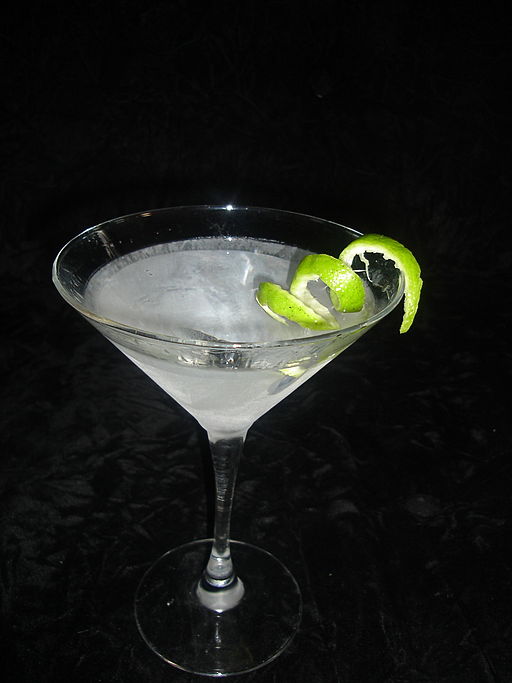
Cocktail Hour: Writing A Perfectly Shaped Analytical Paragraph
A martini is a wonderful thing: a cocktail make from a heady mix of gin and vermouth, garnished with an olive and branded by journalist Henry Mencken as “the only American invention as perfect as the sonnet”. Praise indeed.
Analytical Essays
Many academic courses demand that students write analytical essays. All too often, however, students’ responses become descriptive and not analytical or evaluative. Paragraphs may start well but then wander aimlessly towards weak endings which have a negative effect on both what has gone before and on what follows.
The Cocktail Glass Structure
So, how do you bring the glamour and beauty of the martini to your essays?
All you need to do is replicate the shape of the cocktail glass. Firstly, answer the question (this is the beautiful, crystal rim to your glass). Then, support with evidence (this where you quote from the text). Now, identify key words within that evidence. You have now constructed the part of the glass that holds the liquid. Now you need the stem, so analyse the effect of the key words you have identified: how are they functioning? The glass also needs a base (otherwise it will fall over and smash!), and this is where you evaluate. Simply judge why the writer might have used those words; what impact do they have on the reader? Let’s look at an example…
Here’s the opening to a short narrative: She knew she shouldn’t go there. But she went anyway.
The examiner wants to know how the writer hooks the reader into the story.
Here’s A ‘Martini’ Answer:
The opening to the aforementioned narrative is intriguing and hooks the reader from the outset. The opening simple sentence, “She knew she shouldn’t go there” uses the pronoun ‘she’ to introduce the key character and we have to read on to find out who ‘she’ is and indeed where she is going. The second sentence, ‘But she went anyway.’, through the use of the conjunction ‘but’, implies that our key character is something of a risk taker. The writer has organised their ideas in this way to demand the reader’s attention and succinctly reveal elements of character. And a whole essay? Well, that’s just one cocktail glass on top of another.
Your round? Cheers.